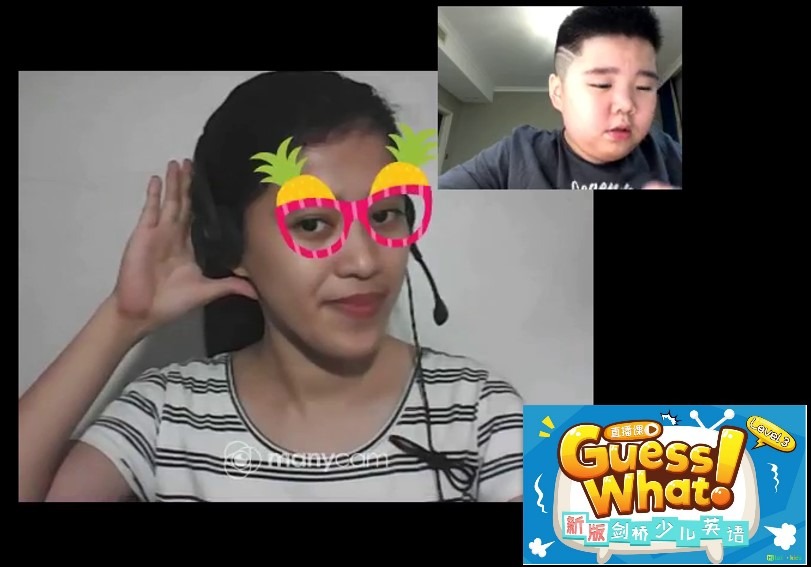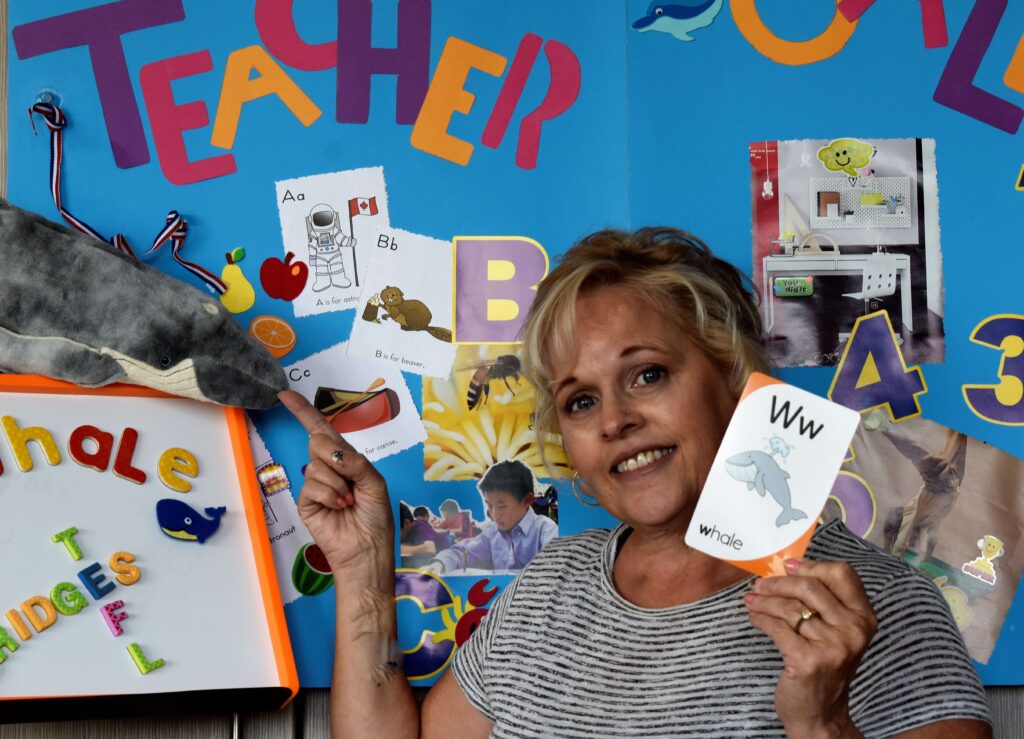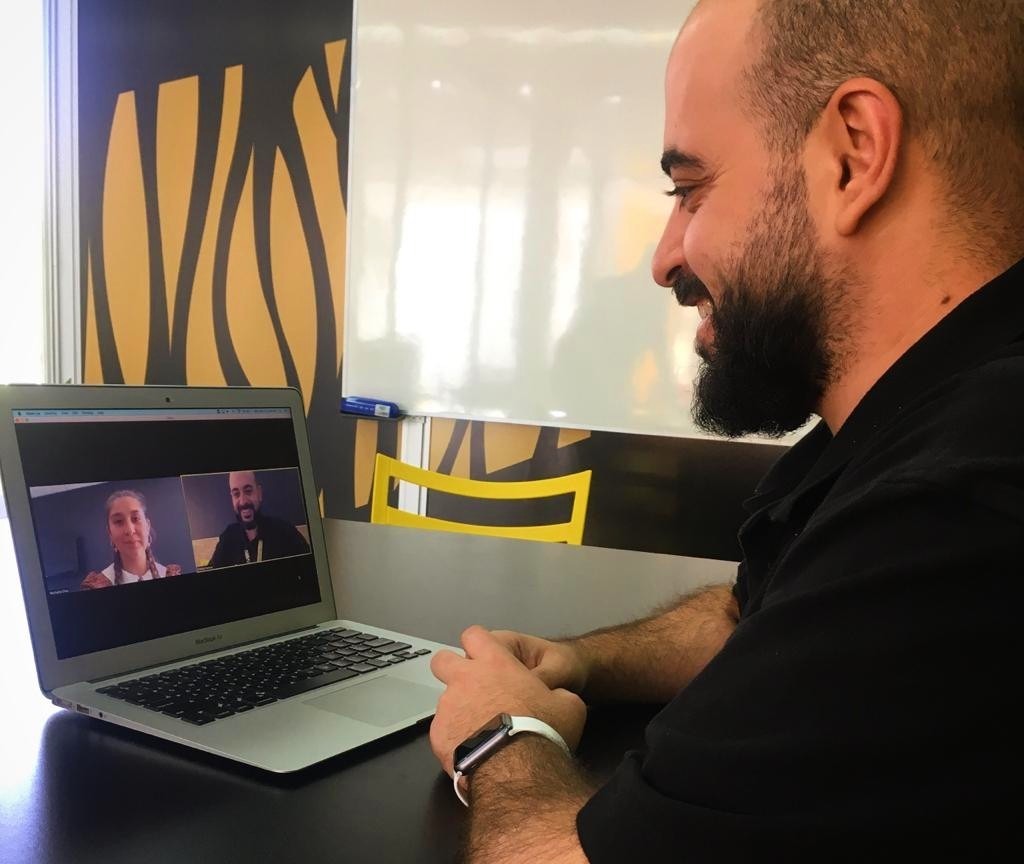You’ve finally finished teaching your lesson, your students have completed all of their tasks, and then you realize you still have time left before class ends. Uh-oh! Since you don’t want to waste this unexpected time away, you can easily turn it into a fun and educational moment. By having a few ESL filler activities while teaching online up your sleeve, you’ll never have a wasted moment.
What is a filler in ESL?
When it comes to classroom management, it’s important to be ready for anything. You may suddenly end up with extra class time, for instance, and your online learners are left without anything to do. For this kind of situation, it’s essential for you to have a number of ESL filler activities while teaching online. These structured activities will keep the tone light and fun while continuing to incorporate lesson material. ESL activities for young learners and teens center around games, songs, and rhyme. The fun isn’t limited to your younger students though! There are tons of ESL filler activities for adults as well that encourage conversational speaking and intonation.
ESL filler activities while teaching English classes online can be especially handy when:
- You’ve covered everything in your lesson plan already and finished too early.
- You run into technical issues during class (e.g., an app fails to load or the internet connection is poor).
- You notice that your young learners start to become disinterested or restless during class.
- You need to cover another teacher’s class at the last minute.
In many cases, class fillers have the same benefits as ESL icebreakers, which are typically meant to make learners comfortable in class and get to know one another better. But, while both activities should be quick and easy to execute, the main goal of fillers is to maximize students’ learning time and engage students if awkward transition periods come up before, in the middle of, or at the end of an online English lesson.
Get young learners interested in English with these ESL games and activities.
What ESL filler activities can I use while teaching online classes?
Although fillers can be stand-alone activities in class, you can also use them to complement your lesson plans or use them as extended practice for challenging vocabulary or grammar topics. Here are some ESL filler activities to use while teaching online English classes. We’ve identified which age group the activity will work best with, ranging from young learners up to adult students. Here are our top recommendations for filler activities for students!

1. 20 Questions
Works best with: All ages
Choose a category (e.g., animals, food, sports, etc.) and think of a word that fits into it. Then, the student has to guess the word you’ve chosen by asking a maximum of 20 yes or no questions. If he or she is able to guess the word, the student gets a point. This is great practice for students who are learning to correctly form questions!
If you are teaching English online to groups, students can take turns guessing and asking each other questions. For bigger groups, you can divide them into virtual breakout rooms.
2. Vocabulary Race
Works best with: Young learners
For this game, you can use realia or items that are within your reach. Alternatively, you can use ManyCam to show various objects onscreen. If neither of these options works, you can simply describe the items.
Tell students that they’ll have to say (or write in the chatbox) the name of the item that you’re going to show onscreen and that whoever says the correct word gets a point. Make sure to show one item at a time.
Bonus game: Aside from eliciting vocabulary for objects, you can also hold a verb race, where students can compete to conjugate verbs.
3. Photo Hunt
Works best with: Teens and young adults
Before starting this activity, let your students know that they will have to look for pictures on their mobile phones or computers. They can also use physical prints if they have any nearby.
Once they’re ready with their digital or real photos, think of a category or a kind of photo they’ll have to look for. For example, you can make them look for a photo of their family or of themselves during a recent vacation. Give students a minute or two to choose a picture.
Afterward, ask each student to show the photo to the class, either by holding it up to the camera or sharing it onscreen. Then, have each one talk about the photo and share where it was taken, who the people in it are, and what they were doing at the time. The class can also ask questions about the photo.
In order to make students comfortable sharing their photos, you can share your own photos first and give a model description.
Check out these 10 ESL warm-up activities.

4. Activities With Songs
Works best with: All ages
There are various ways you can use songs in your ESL class. For these activities, you will need to have YouTube or a digital music streaming service like Spotify or iTunes.
Guess the Title
Choose five or ten popular songs, preferably from genres that most of your students are familiar with. Then, play the first few seconds of the song or the chorus and let students race to say the song title!
Lyrics Fill Game
Tell the students that you’re going to play a part of a hit song and then pause it midway. After you pause it, students have to recite or sing the next line. Then, continue playing the song to check if your learners’ lyrics are correct!
5. Quick Write-Ups
Works best with: Teens and young adults
For this writing and speaking activity, instruct students to be ready with something to write on – a notebook, a sheet of paper, or Microsoft Word.
Come up with various topics they can write about. For instance, they can write about their favorite place, a memorable moment in their life, their life goals, or even the lyrics to their own song! You can also come up with a list of five to ten topics beforehand and have each student choose a number from the list.
Give students two to three minutes to write. Afterward, ask each one to read what they’ve written out loud.
Want more ideas? Try these no-prep ESL activities for the last 10 minutes of class.

6. Crazy Storytelling
Works best with: All ages
Using the virtual whiteboard or chatbox, write five random words. Then, tell the class that each student has to create a story using all of the words on the list. Give the students some time to think or write before asking each one of them to share their stories with the class. Afterward, you can have them vote on the best – or the craziest – story!
Aside from coming up with the five words yourself, you can also encourage contributions of additional vocabulary from your students and write the list onscreen.
Learn more about the importance of storytelling in the ESL classroom for young learners.
7. What Does It Mean?
Works best with: Adults
Make a list of vocabulary words, phrasal verbs, or idioms that your students may or may not have heard yet. The words can be random ones from the dictionary or vocabulary related to your last lesson.
Tell the class that you’re going to say a word or expression and that each one of them has to guess its definition. Set a one-minute timer for them to come up with the meaning.
Afterward, call on each student to define the word. Once everyone has spoken, students who have a similar or close meaning get a point.
Aside from preparing lesson plans and materials, these five-minute filler activities for the ESL classroom are the perfect backup plan to account for the unexpected. Don’t let a moment or learning opportunity go to waste – have fun, engage your students, and always feel on top of your teaching game!







